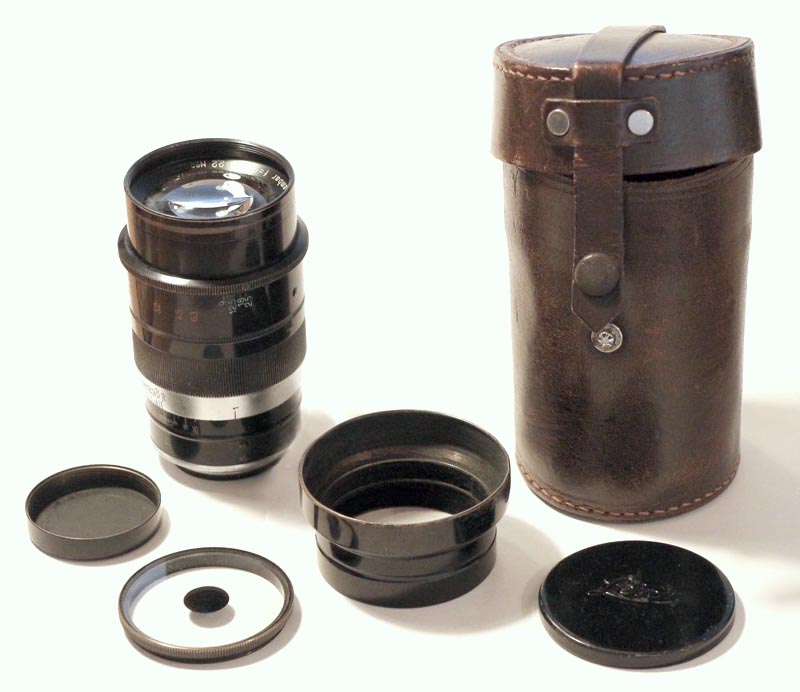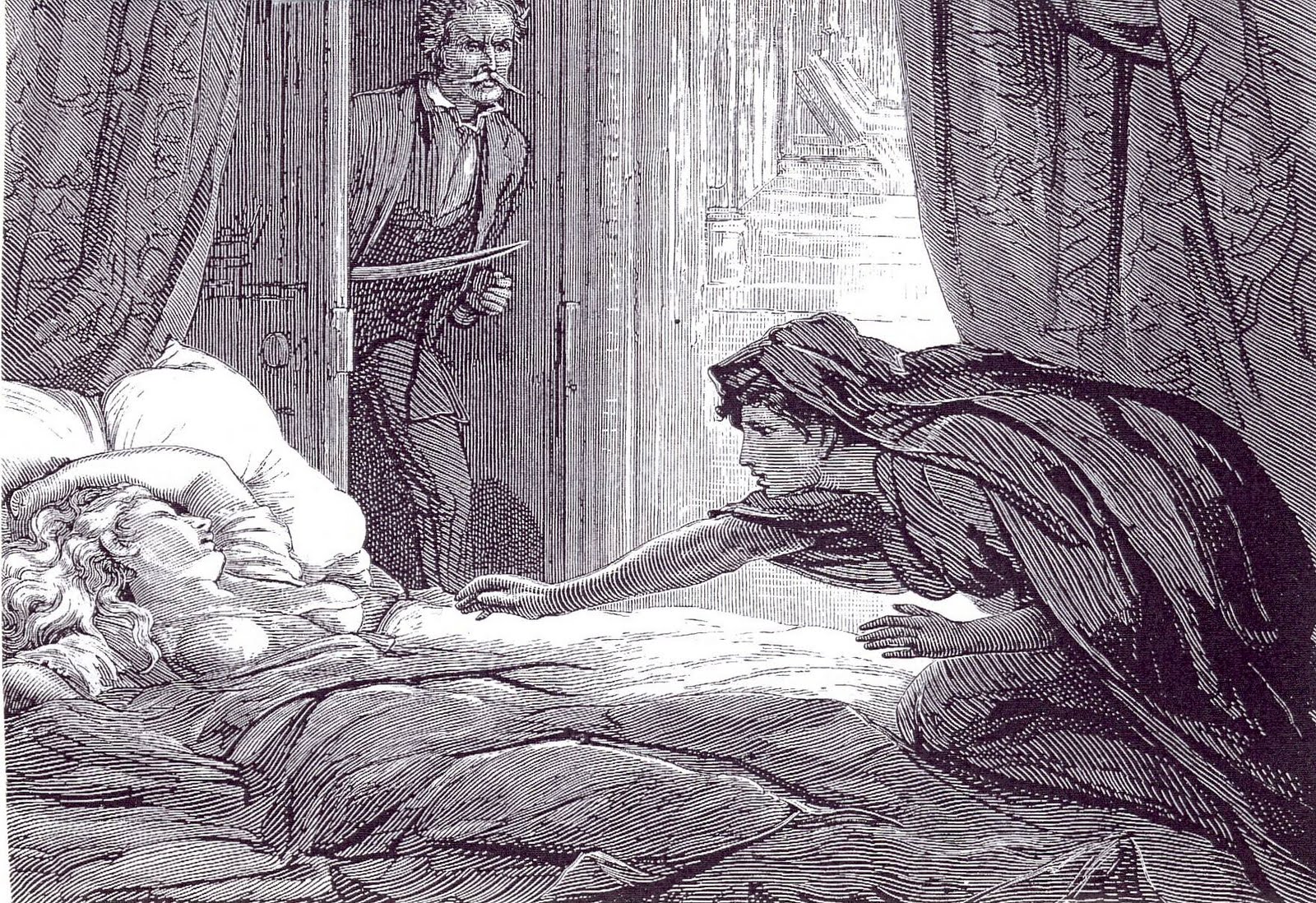|
Vampyr (novel)
''Vampyr'' (german: Vampyr – Der Traum des Allan Gray, lit=Vampyr: The Dream of Allan Gray) is a 1932 horror film directed by Danish director Carl Theodor Dreyer. The film was written by Dreyer and Christen Jul based on elements from J. Sheridan Le Fanu's 1872 collection of supernatural stories ''In a Glass Darkly''. ''Vampyr'' was funded by Nicolas de Gunzburg who starred in the film under the name of Julian West among a mostly non-professional cast. Gunzburg plays the role of Allan Gray, a student of the occult who enters the village of Courtempierre, which is under the curse of a vampire. ''Vampyr'' was challenging for Dreyer to make as it was his first sound film and was required to be recorded in three languages. To overcome this, very little dialogue was used in the film and much of the story is told with title cards like a silent film. The film was shot entirely on location and to enhance the atmospheric content, Dreyer opted for a washed out, soft focus photographic ... [...More Info...] [...Related Items...] OR: [Wikipedia] [Google] [Baidu] |
Erik Aaes
Erik Aaes (27 April 1899 – 19 March 1966) was a Danish set designer and art director. He was a prominent figure behind the scenes of Scandinavian theatre and in film. Biography In 1917 Aaes attended the Danish Naval Academy, then attended art school while simultaneously working as an assistant for Nordisk Films and for the Folketeatret of Copenhagen. He aided director Svend Gade on the production of Hamlet (1921) in Berlin, and while there he studied painting at the Kunstgewerbemuseum Berlin. During the 1920s, Aaes worked as a designer in the Berlin theatre. Later in the decade he moved to Paris, designing sets for avant garde films for directors such as Jean Renoir and Alberto Cavalcanti until 1932. He returned to his native Denmark in 1933 and designed sets for both film and theatrical productions in both Europe and America until his death. Selected filmography * ''Yvette Yvette is female given name, the French feminine form of Yves, which means yew or archer in some ... [...More Info...] [...Related Items...] OR: [Wikipedia] [Google] [Baidu] |
Soft Focus
In photography, soft focus is a lens flaw, in which the lens forms images that are blurred due to spherical aberration. A soft focus lens deliberately introduces spherical aberration in order to give the appearance of blurring the image while retaining sharp edges; it is not the same as an out-of-focus image, and the effect cannot be achieved simply by defocusing a sharp lens. Soft focus is also the name of the style of photograph produced by such a lens. Photography Because soft focus results from what are considered technical flaws, typically spherical and chromatic aberration, many older lenses had soft focus built in as a side effect of their construction. Some lens makers, such as Pinkham-Smith and Busch Nicola Perscheid (see Nicola Perscheid), intentionally designed lenses to take advantage of these flaws and, as color became available, chromatic aberration was less desirable, but well-managed spherical aberration was desirable. Newer lenses are optimized to minimize ... [...More Info...] [...Related Items...] OR: [Wikipedia] [Google] [Baidu] |
Valentine Hugo
Valentine Hugo (1887–1968) was a French artist and writer. She was born Valentine Marie Augustine Gross, only daughter to Auguste Gross and Zélie Démelin, in Boulogne-sur-Mer. She is best known for her work with the Russian ballet and with the French Surrealists. Hugo died in Paris. Early life and education A lover of the theater and music, Hugo's father raised her to share his interests until his death in 1903, which was undetermined as suicide or an accident. After her husband's death, Zélie raised her daughter alone. Valentine Hugo received schooling in Boulogne-sur-Mer, where she received multiple awards for accomplishments in drawing, until 1907, at which time she entered the L'École des Beaux-Arts in Paris. There she worked in the studio at the Académie Humbert and exhibited in the Salon of French artists in 1909, and again in 1911. In 1908, Valentine Hugo met the artist Edmond Aman-Jean, who painted her portrait in 1909 and encouraged Hugo's artistic pursuits. ... [...More Info...] [...Related Items...] OR: [Wikipedia] [Google] [Baidu] |
The Blood Of A Poet
''The Blood of a Poet'' (french: Le sang d'un poète) (1930) is an avant-garde film directed by Jean Cocteau, financed by Charles de Noailles and starring Enrique Riveros, a Chilean actor who had a successful career in European films. Photographer Lee Miller made her only film appearance in this movie, which features an appearance by the famed aerialist Barbette. It is the first part of ''The Orphic Trilogy'', which is continued in '' Orphée'' (1950) and concludes with ''Testament of Orpheus'' (1960). Plot ''The Blood of a Poet'' is divided into four sections. In section one, an artist sketches a face and is startled when its mouth starts moving. He rubs out the mouth, only to discover that it has transferred to the palm of his hand. After experimenting with the hand for a while and falling asleep, the artist awakens and places the mouth over the mouth of a female statue. In section two, the statue speaks to the artist, cajoling him into passing through a mirror. The mirror tr ... [...More Info...] [...Related Items...] OR: [Wikipedia] [Google] [Baidu] |
Jean Cocteau
Jean Maurice Eugène Clément Cocteau (, , ; 5 July 1889 – 11 October 1963) was a French poet, playwright, novelist, designer, filmmaker, visual artist and critic. He was one of the foremost creatives of the surrealist, avant-garde, and Dadaist movements; and one of the most influential figures in early 20th-century art as a whole. The ''National Observer'' suggested that, “of the artistic generation whose daring gave birth to Twentieth Century Art, Cocteau came closest to being a Renaissance man.” He is best known for his novels ''Le Grand Écart'' (1923), ''Le Livre blanc'' (1928), and '' Les Enfants Terribles'' (1929); the stage plays ''La Voix Humaine'' (1930), '' La Machine Infernale'' (1934), ''Les Parents terribles'' (1938), '' La Machine à écrire'' (1941), and ''L'Aigle à deux têtes'' (1946); and the films ''The Blood of a Poet'' (1930), ''Les Parents Terribles'' (1948), ''Beauty and the Beast'' (1946), ''Orpheus'' (1950), and ' ... [...More Info...] [...Related Items...] OR: [Wikipedia] [Google] [Baidu] |
L'Âge D'Or
''L'Age d'Or'' (french: L'Âge d'Or, ), commonly translated as ''The Golden Age'' or ''Age of Gold'', is a 1930 French surrealist satirical comedy film directed by Luis Buñuel about the insanities of modern life, the hypocrisy of the sexual mores of bourgeois society, and the value system of the Catholic Church. Much of the story is told with title cards like a predominantly silent film. The screenplay is by Buñuel and Salvador Dalí. ''L'Age d'Or'' was one of the first sound films made in France, along with ''Miss Europe'' and ''Under the Roofs of Paris''. Synopsis The first scene of the film is a documentary about scorpions. After that, the film is a series of vignettes, wherein a couple's attempts at consummating their romantic relationship are continually thwarted by the bourgeois values and sexual mores of family, church, and society. The couple are first seen creating a disturbance by making love in the mud during a religious ceremony. The man is apprehended and led away ... [...More Info...] [...Related Items...] OR: [Wikipedia] [Google] [Baidu] |
Luis Buñuel
Luis Buñuel Portolés (; 22 February 1900 – 29 July 1983) was a Spanish-Mexican filmmaker who worked in France, Mexico, and Spain. He has been widely considered by many film critics, historians, and directors to be one of the greatest and most influential filmmakers of all time. When Buñuel died at age 83, his obituary in ''The New York Times'' called him "an iconoclast, moralist, and revolutionary who was a leader of avant-garde surrealism in his youth and a dominant international movie director half a century later". His first picture, ''Un Chien Andalou''—made in the silent era—is still viewed regularly throughout the world and retains its power to shock the viewer, and his last film, ''That Obscure Object of Desire''—made 48 years later—won him Best Director awards from the National Board of Review and the National Society of Film Critics. Writer Octavio Paz called Buñuel's work "the marriage of the film image to the poetic image, creating a new reality...scan ... [...More Info...] [...Related Items...] OR: [Wikipedia] [Google] [Baidu] |
Location Scouting
Location scouting is a vital process in the pre-production stage of filmmaking and commercial photography. Once scriptwriters, producers or directors have decided what general kind of scenery they require for the various parts of their work that is shot outside of the studio, the search for a suitable place or "location" outside the studio begins. Location scouts also look for generally spectacular or interesting locations beforehand, to have a database of locations in case of requests. Location scouts often negotiate legal access to filming locations. Location requirements Suitability of a location to the task at hand takes into consideration many factors, including: *overall aesthetic *financial cost to production * logistic feasibility including but not limited to distance from base of operations or other locations scheduled *availability of parking and facilities to keep crew and talent (principal actors or models and extras) safe and dry at all times *availability of ... [...More Info...] [...Related Items...] OR: [Wikipedia] [Google] [Baidu] |
Lesbian Vampire
Lesbian vampirism is a trope in 20th-century exploitation film and literature. It was a way to hint at or titillate with the taboo idea of lesbianism in a fantasy context outside the heavily censored realm of social realism. Origins and early history The vampires based in Slavic mythology, the wąpierz, were said to sneak into houses at night and drink the blood of people. Countess Elizabeth Bathory also inspired the vampire myth, and her victims were all young women. It is believed that these two early additions to vampire lore, real and fictional, have contributed to the mythology of the vampire, in particular an attraction to young, beautiful women present in modern retelling of the vampire mythos. The portrayal of vampires has had sexual connotations since the Victorian era, but during that era it had more to do with demonising sexual behaviour. The women in Victorian era vampire media were often portrayed as sexually transgressive and then punished for said transgre ... [...More Info...] [...Related Items...] OR: [Wikipedia] [Google] [Baidu] |
Carmilla
''Carmilla'' is an 1872 Gothic fiction, Gothic novella by Irish author Sheridan Le Fanu and one of the early works of vampire fiction, predating Bram Stoker's ''Dracula'' (1897) by 26 years. First published as a Serial (literature), serial in ''The Dark Blue'' (1871–72), the story is narrated by a young woman preyed upon by a female vampire named Carmilla, later revealed to be Mircalla, Countess Karnstein (Carmilla is an anagram of Mircalla). The character is a prototypical example of the lesbian vampire, expressing romantic desires toward the protagonist. The novella notably never acknowledges homosexuality as an antagonistic trait, leaving it subtle and morally ambiguous. The story is often Anthology, anthologised, and has been adapted many times in film and other media. Publication ''Carmilla'', serialised in the literary magazine ''The Dark Blue'' in late 1871 and early 1872, was reprinted in Le Fanu's short-story collection ''In a Glass Darkly'' (1872). Comparing the work ... [...More Info...] [...Related Items...] OR: [Wikipedia] [Google] [Baidu] |
Vampires
A vampire is a mythical creature that subsists by feeding on the vital essence (generally in the form of blood) of the living. In European folklore, vampires are undead creatures that often visited loved ones and caused mischief or deaths in the neighbourhoods they inhabited while they were alive. They wore shrouds and were often described as bloated and of ruddy or dark countenance, markedly different from today's gaunt, pale vampire which dates from the early 19th century. Vampiric entities have been recorded in cultures around the world; the term ''vampire'' was popularized in Western Europe after reports of an 18th-century mass hysteria of a pre-existing folk belief in the Balkans and Eastern Europe that in some cases resulted in corpses being staked and people being accused of vampirism. Local variants in Eastern Europe were also known by different names, such as ''shtriga'' in Albania, ''vrykolakas'' in Greece and ''strigoi'' in Romania. In modern times, the vampire ... [...More Info...] [...Related Items...] OR: [Wikipedia] [Google] [Baidu] |
Dracula (1924 Play)
''Dracula'' is a stage play written by the Irish actor and playwright Hamilton Deane in 1924, then revised by the American writer John L. Balderston in 1927. It was the first authorized adaptation of Bram Stoker's 1897 novel ''Dracula''. After touring in England, the original version of the play appeared at London's Little Theatre in July 1927, where it was seen by the American producer Horace Liveright. Liveright asked Balderston to revise the play for a Broadway production that opened at the Fulton Theatre in October 1927. This production starred Bela Lugosi in his first major English-speaking role. In the revised story, Abraham Van Helsing investigates the mysterious illness of a young woman, Lucy Seward, with the help of her father and fiancé. He discovers she is the victim of Count Dracula, a powerful vampire who is feeding on her blood. The men follow one of Dracula's servants to the vampire's hiding place, where they kill him with a stake to the heart. The revised ver ... [...More Info...] [...Related Items...] OR: [Wikipedia] [Google] [Baidu] |






